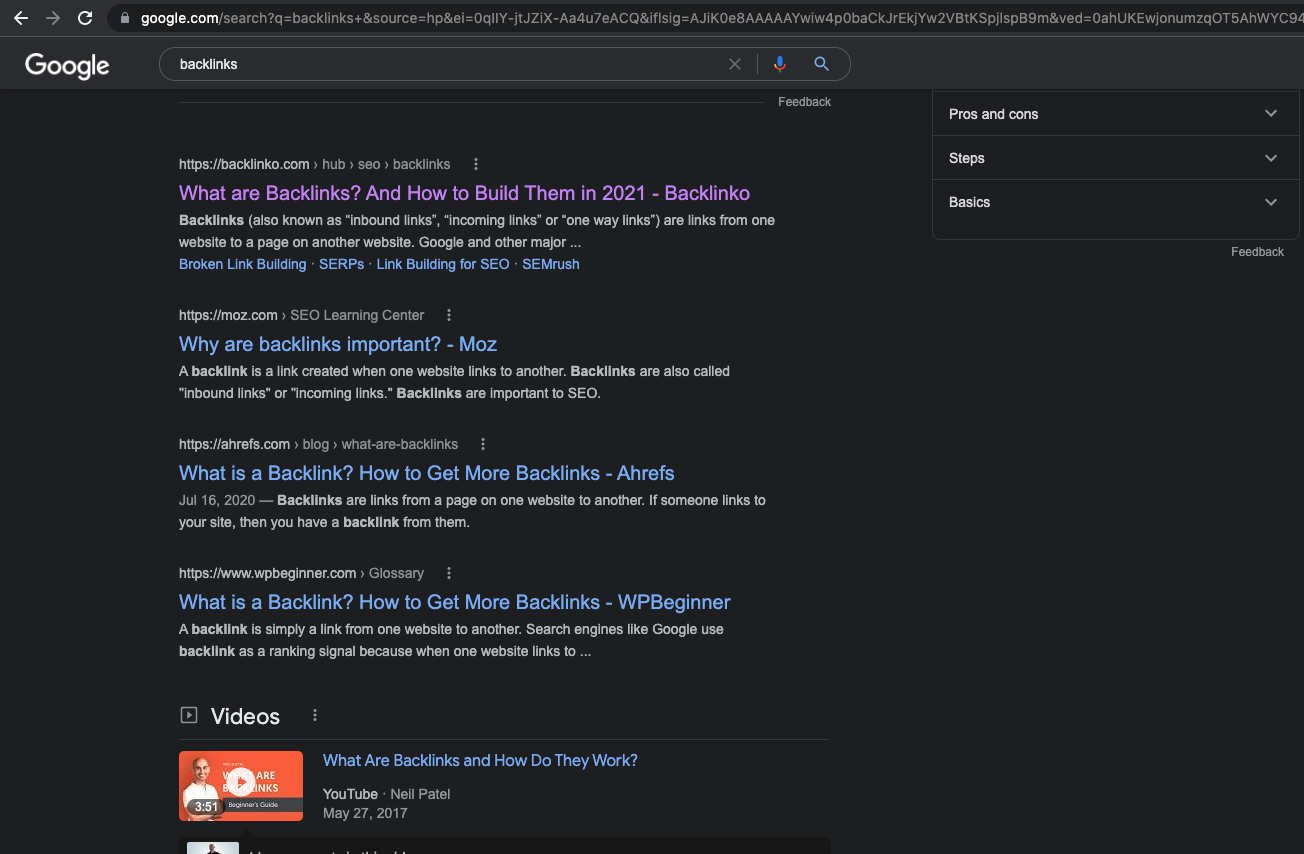The world of digital marketing has been increasingly focused on Search Engine Optimisation (SEO) for building online brand awareness and using it as a means to promote. A number of platforms have sprung up to help marketeers to assess how well their SEO strategies are doing like SEMrush (https://www.semrush.com), Ahref (https://www.ahrefs.com/), Dragon Metrics (https://www.dragonmetrics.com/), Campaign Sherpa (https://www.campaignsherpa.com/), etc.
What has not been as well covered or discussed is SEO for dual-byte languages like Chinese, Arabic, Thai, Japanese, etc. and even languages like Vietnamese which looks like English but it’s not. For many dual-byte characters it much harder to work out context as different combination of the characters in different context will have completely different meanings.
So for instance a Hong Kong-based e-learning platform called Kidemy; for instance the keywords like “升學攻略” where the character 學 just means “learn” but in different contexts it could have a completely different meaning for instance “學校” means school and “大學” means university. In the context of “升學” it actually means passing one’s grades at school. The other issue with Chinese characters is that there is no delimiter; in English each word is separated by a space whereas in Chinese there is no space so for search engines it is not always easy to work out the context. So to target 升學攻略 to take the user to www.kidemy.hk then
Another example is a real-estate platform in Vietnam called “Quanh Day” or Quanh Đây if you include all of the accents of the various characters. In Vietnamese the target keyword is “bất động sản” and on Google if you type “bat dong san” inside Vietnam you will get the exact same results as if you entered “bất động sản”.
For a language like Japanese the SEO implications are also different because there is an alphabet in Japanese but like Chinese there are no delimiters between characters/words and Google and other search engines must apply contextual indexing to work out the context of what is being said. The character ordering also makes a big difference whereas in English if you search “red wine” or “wine red” you would get pretty much the same results… whereas in Japanese – the difference in character ordering completely changes the meaning. For instance the word for technology in Japanese is “テクノロジー” which is the phonetic equivalent of “technology” in english; and any borrowed word has a different alphabet called Kata-kana. So for a Food Tech company like Foody Pocket – their marketing team might target the words “飲食店テクノロジー” which combines Kan-ji with Kata-kana.



we are a Sourcing Agent in Vietnam (https://www.sourcingagent.com.vn) established in 1966 and can help buyers internationally to procure quality goods at reasonable prices from Vietnam.